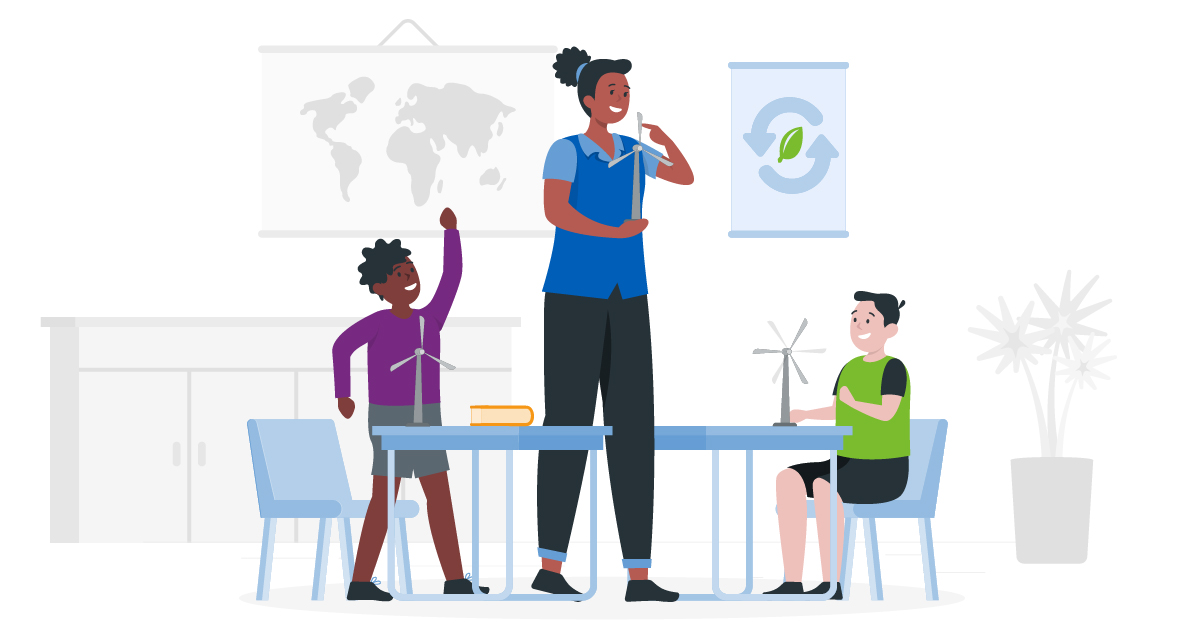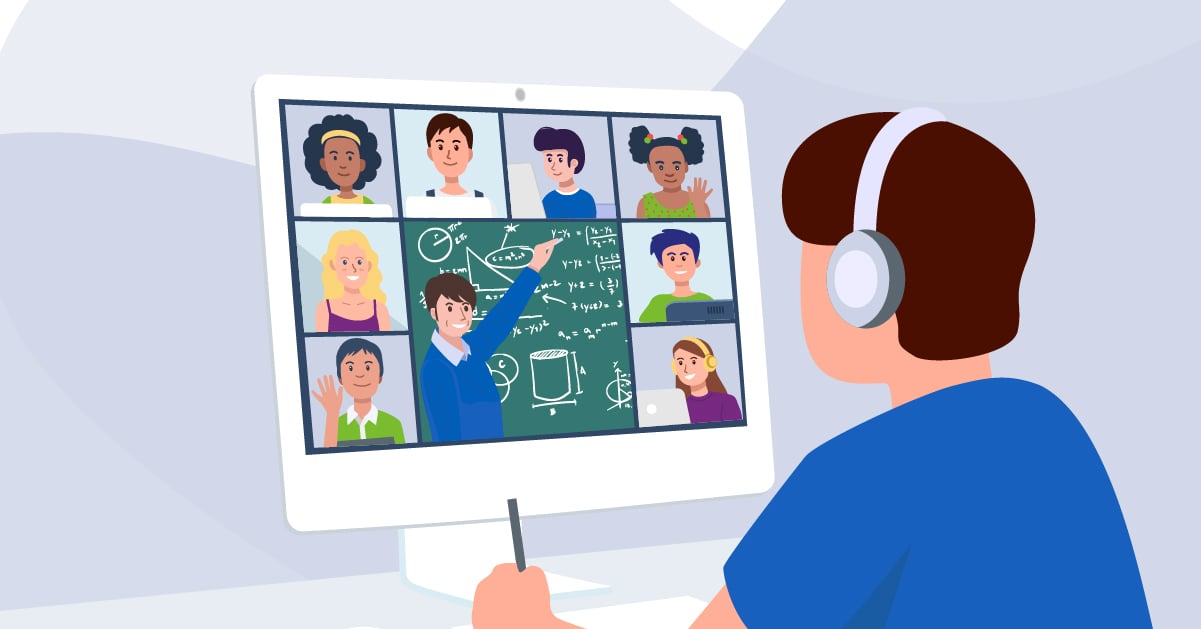Implementing social-emotional learning (SEL) skills and strategies have shown to positively impact student learning. Especially with this past year, teachers and students have had to deal with challenges they may not have been prepared for including how COVID-19 our feelings towards learning. Addressing SEL skills is not a new concept and educators have referenced the SEL Framework to meet students’ emotional needs to clear a pathway to learning success.
Topics: Professional Development for Teachers, Relief Package
There is countless research that says an engaging learning environment supports student achievement and success. As a former classroom teacher, my favorite memories are of seeing my students totally into a project, hearing them talk with their classmates about what they were doing, and celebrating their successes when they understood a concept or completed a project they worked so hard on. A classroom should be a place for conversation and collaboration, combined with critical thinking and creativity.
Topics: Professional Development for Teachers, Relief Package
Now more than ever, school and parent/family connection is integral when it comes to supporting students as everyone is working to maneuver learning in various environments and situations. In response to school closures and a move to remote learning, there were districts that provided training to help the adults at home understand how online learning platforms, software programs, and video conferencing tools would be used. Parents and caregivers needed to know the what, when, why, and how of educational technology and how to best support learning at home.
Topics: Professional Development for Teachers, Relief Package
Relief Funding PD: Implementing Evidence-Based Activities and Instruction
Universal Design for Learning (UDL) is an educational framework that helps teachers create flexible learning environments that can accommodate students’ unique learning needs. Research shows that when teachers incorporate UDL, they are better able to meet the comprehensive needs of their students, including students with learning disabilities. The goal of UDL is to implement a variety of methods to engage students, represent information, and encourage students to actively participate and express themselves. Essentially, the application of UDL eliminates barriers to learning.
Topics: Professional Development for Teachers, Relief Package
This past year has reinforced the nation’s belief that, even with limited resources, teachers are incredibly resilient and able to meet a broad array of challenges such as school closures, distance teaching, and more.
It is nothing new that teachers juggle multiple resources, tools, and programs with the aim of providing their students with high-quality instruction that is engaging and improves their learning progress. With the move to remote and hybrid learning for many schools, teachers also had to juggle multiple platforms, software, and applications to facilitate synchronous learning sessions that would help students overcome education-related challenges. But does it have to be this way?
Topics: Professional Development for Teachers, Relief Package
Districts and schools across the country are making decisions about how to best utilize federal funding. Regardless of the programs, software, and technology professional development and training plays a critical part in acclimating educators and students to what’s “new” for best integration for teaching and learning.
Topics: Professional Development for Teachers, Funding, Relief Package, CARES
Highlights from “Tomorrow’s New Normal” Presented by edWeb
Teachers have had to navigate extraordinary challenges this past year, forcing schools to reevaluate and reprioritize training programs to include a larger focus on education technology to deliver lessons remotely. As classrooms shift to a hybrid learning environment this focus remains a priority and the need to improve skills and techniques for facilitating lessons in all learning environments is critical. Teachers have certainly amped up their strategies for boosting student engagement and enhancing interactive learning even without the benefit of being in the same classroom at the same time. They have responded, as have educational leaders, together working to provide meaningful, relevant, and job-embedded Professional Development programming for teachers.
Tomorrow’s New Normal: What It Means for Professional Development
We’re approaching the one-year mark of distance teaching and learning for most of our country’s schools. Last spring when schools closed, teachers had to quickly navigate new and unfamiliar technology so that they could maintain some degree of educational normalcy for their students. Many education-focused companies and organizations developed and facilitated a variety of teacher training courses that centered on software and platforms that districts invested in to deliver lessons to the millions of students now having to school remotely. Courses included learning the basic tools of GSuite for Education or Microsoft Office 365, creating and delivering lessons using specific software and applications (think Zoom), and maneuvering the complexity of all these apps, platforms, and software to deliver lessons that would engage students so that they would show up to live lessons when scheduled. Our nation’s teachers handled what they could (with blood, sweat, and tears) and came out of this unprecedented situation with more education technology knowledge than they had before this.
Topics: Professional Development for Teachers, webinar, distance teaching, blended learning, distance education











